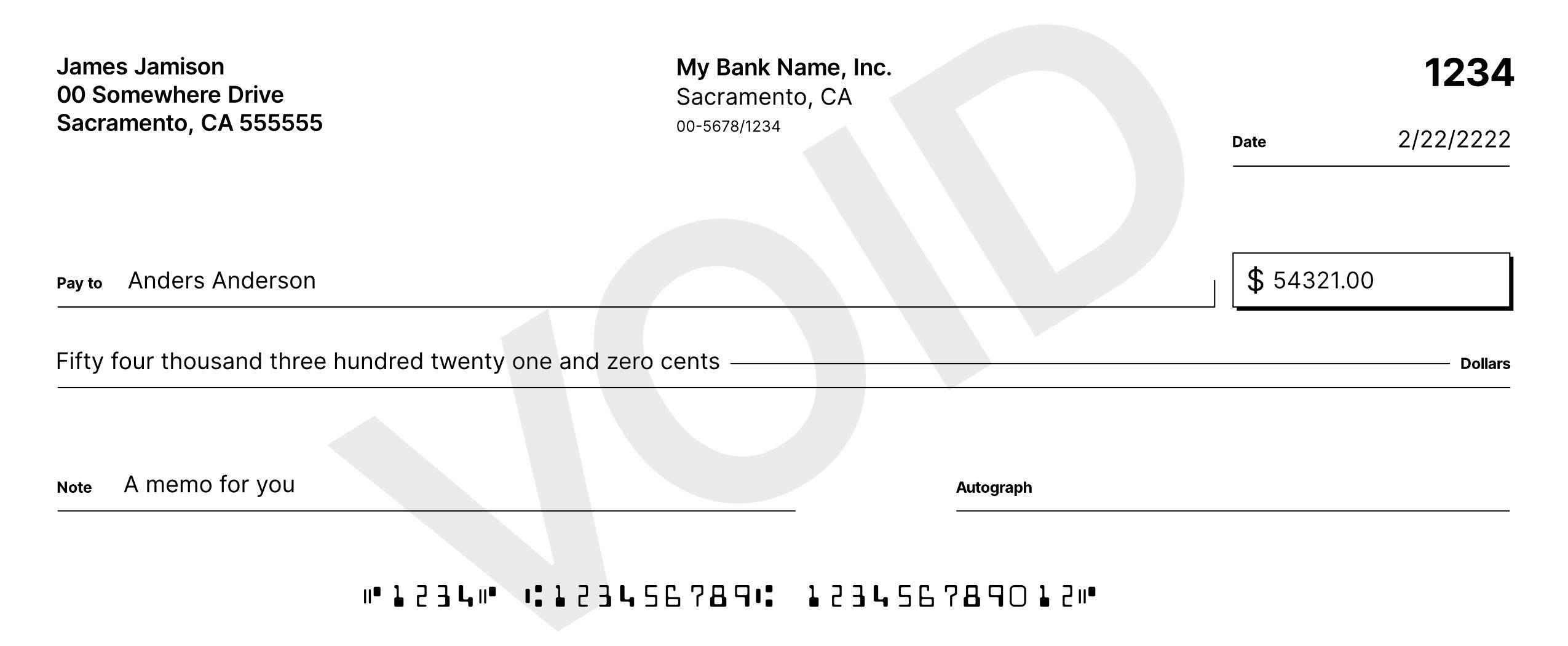Decoding MICR E-13b Font
The Technology and History Behind Secure Check Printing

Introduction
In the world of finance and banking, the security and accuracy of transactions are of utmost importance. To ensure the integrity of paper-based transactions, a specialized font known as MICR E-13b is utilized. MICR, short for Magnetic Ink Character Recognition, is a technology that enables computers to read and process information printed in a unique font. In this blog post, we will delve into the details of the MICR E-13b font, its significance, and its role in secure check printing.
Understanding MICR E-13b Font
The MICR E-13b font is a standardized font used in printing characters on checks, deposit slips, and other financial documents. Developed by the American Bankers Association (ABA) in July of 1956, the font uses a combination of magnetic ink and distinctive characters to facilitate the efficient processing of checks through automated systems. The MICR E-13b font contains 14 characters: the numbers 0-9 and four special symbols.
The Mechanics Behind MICR
The uniqueness of the MICR E-13b font lies in its ability to be read both optically and magnetically (the latter becoming less important after the Check 21 Act). When a check is processed, it passes through a machine called a MICR reader, which uses magnetic sensors to detect the magnetic ink on the printed characters. This technology ensures accurate and reliable reading even if the characters are partially damaged or covered in some way. The combination of magnetic and optical reading mechanisms adds an extra layer of security and accuracy to the process.

Security and Fraud Prevention
One of the primary reasons for the adoption of the MICR E-13b font is its security features. Since MICR characters are printed using magnetic ink, they are resistant to common methods of check fraud, such as photocopying or scanning. Attempting to alter MICR-printed information becomes extremely challenging due to the specialized nature of the font and the magnetic ink. This font plays a crucial role in preventing unauthorized alterations and ensuring the authenticity of checks.
Implementation in Check Printing
To print checks with the MICR E-13b font, specialized printers equipped with magnetic ink cartridges are used. These printers allow financial institutions, businesses, and individuals to produce checks that meet the stringent requirements set by the banking industry. When designing checks, it's essential to adhere to the specifications outlined by the American National Standards Institute (ANSI) to ensure compatibility with MICR readers. The MICRtype E-13b font uses the latest available ANSI specifications to make sure your check designs are accurate to the millimeter.

Compliance and Standardization
The use of the MICR E-13b font isn't just a matter of convenience; it's a standardized practice mandated by regulatory bodies. Compliance with MICR standards ensures uniformity in check processing across different banks and financial institutions. The font's standardized design, character spacing, and magnetic ink properties contribute to the smooth operation of check clearinghouses and automated processing systems.
MICRtype is the Future of E-13b
At MICRtype, we elevated the MICR font to new heights by introducing variable axes to the E-13B font. This innovation enables micro adjustments to character weight and spacing, a critical feature considering the subtle variations in the quality and accuracy of MICR printers. While the use of printed checks is diminishing in certain circles, they still hold significance for numerous industries, ranging from real estate and small businesses to larger institutions conducting in-house payroll processing.

Conclusion
In the ever-evolving landscape of financial technology, the MICR E-13b font remains a steadfast element in the realm of secure check printing. Its unique combination of magnetic and optical readability, coupled with its resistance to tampering and fraud, makes it an essential component of modern banking practices. As technology advances, the MICR E-13b font and the MICRtype font will continue to serve as a reliable foundation for ensuring the accuracy and security of paper-based transactions.
